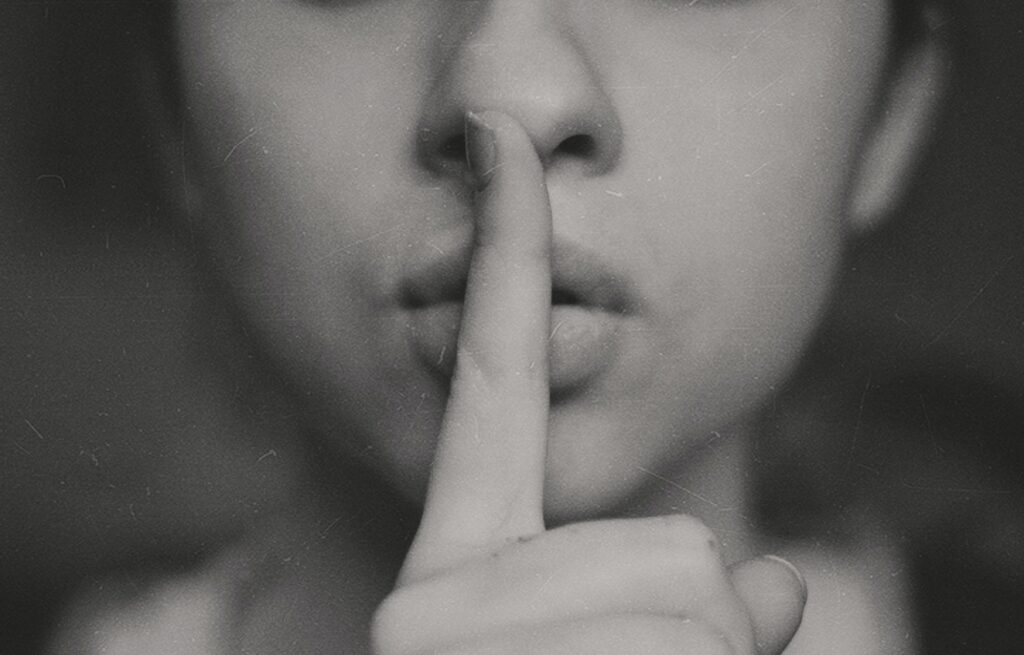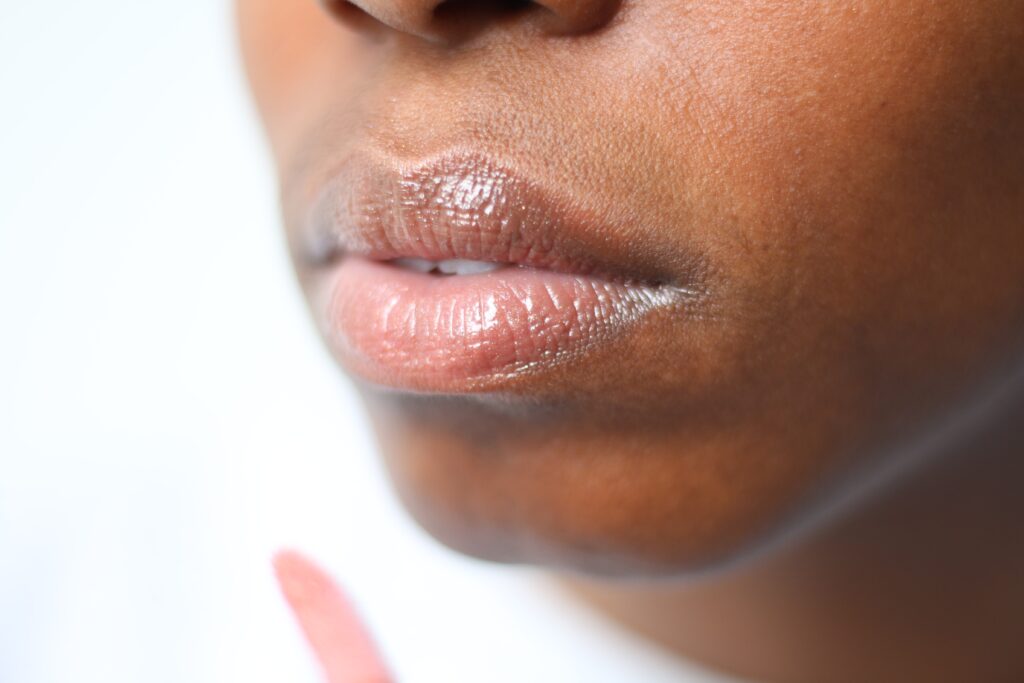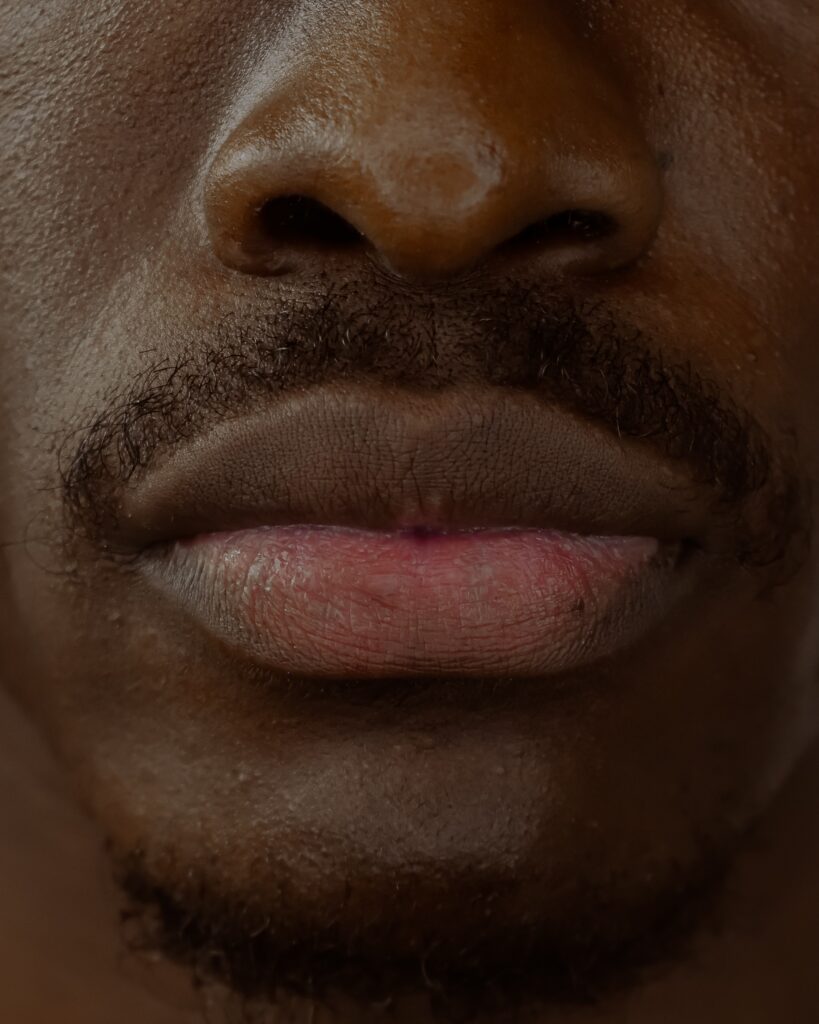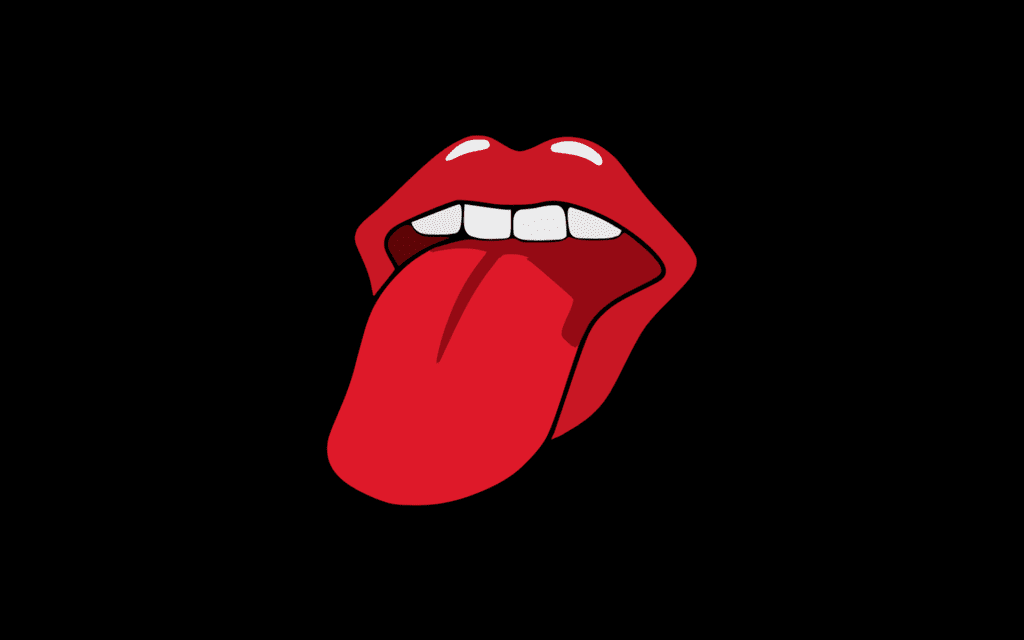
"The Power of the Mouth: Communicating Beyond Words in Graphic Design and Filmed Presentations"
The mouth, an essential feature of the human face, holds remarkable power in both graphic design and filmed presentations. While it is an organ primarily associated with speech and eating, its expressive potential transcends the boundaries of verbal communication. In graphic design, the mouth becomes an instrument to convey a wide range of emotions, attitudes, and messages, often without the need for written words. Similarly, in filmed presentations, the mouth plays a crucial role in non-verbal communication, allowing speakers to express emotions and emphasize key points.


In print design, typography is one area where the mouth’s expressive power shines. By incorporating mouth-inspired shapes and elements into letters, designers can imbue their typography with unique personality and visual impact. In videos, on-camera presenters can use their own facial expressions and mouth movements to captivate the audience and emphasize the content of their message.
Beyond typography, illustrations in print designs can make clever use of mouths to convey specific emotions or ideas. Whether it’s a simple emoji-style face or a detailed character illustration, the curvature and position of the mouth can dramatically alter the perceived mood of the subject. Designers can experiment with different mouth shapes, sizes, and angles to evoke the desired emotional response from the audience. Similarly, in filmed presentations, actors or presenters can use their facial expressions and mouth movements to engage the viewers and convey emotions effectively.


In addition to standalone mouth expressions, the way mouths interact with other elements in a design can further enhance visual communication in print. For example, combining a mouth with other facial features, such as eyes and eyebrows, can create a more nuanced and complex expression. A raised eyebrow paired with a smirking mouth might convey a sense of skepticism or intrigue. In filmed presentations, speakers can use eye contact and facial expressions together with mouth movements to establish rapport with the audience and create a more engaging delivery.
Furthermore, in both print and filmed presentations, the use of metaphors and symbolism can leverage the mouth’s communicative power. Designers can employ mouth-like shapes in logos, icons, or graphics to represent concepts like communication, appetite, or even a welcoming entrance. In filmed presentations, speakers can use metaphorical expressions and gestures to make their content more relatable and memorable.


In conclusion, the mouth is a versatile tool in both graphic design and filmed presentations, capable of conveying emotions, attitudes, and ideas without relying on written language. By skillfully utilizing mouth-inspired elements in typography, illustrations, and symbols, designers can evoke powerful emotional responses and create engaging and memorable visual experiences. In filmed presentations, the effective use of facial expressions, mouth movements, and metaphorical gestures can enhance the speaker’s message, captivate the audience, and leave a lasting impression.
Categories
Recent Posts
- Maximize Your Reach: Essential Email Marketing Dos and Don’ts for Success July 9, 2024
- Social Media Day 2024 June 30, 2024
- Navigating the World of Social Media Advertising June 20, 2024
- The Power of Visual Content in Marketing April 8, 2024
- Hip Hopper Alert: Easter Bunny Steals the Show with Sunglasses Stunt March 31, 2024
- The Super Bowl Ads 2024 February 12, 2024
- Serving Our Client’s Social Media Platforms Branded Content February 5, 2024
- Days of Future Past January 31, 2024
- The Art of Blending Human Intuition and Data-Driven Insights January 31, 2024
- Beyond Intuition January 30, 2024
Recent Comments